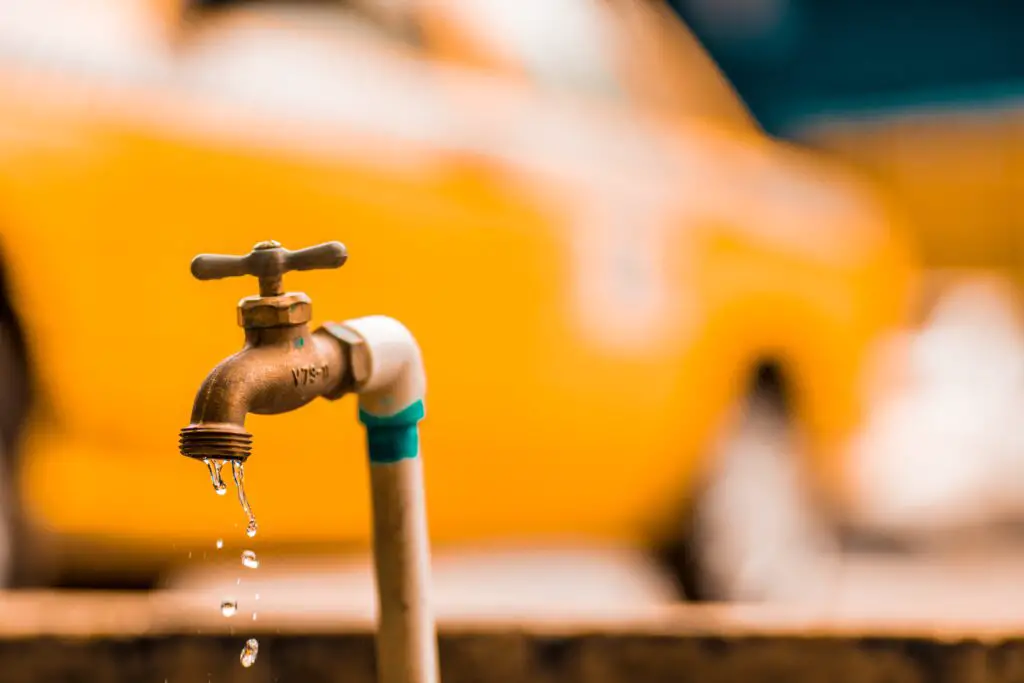
Which is Guaranteed Better to use PPR or PVC?
Construction, municipal engineering, water conservation engineering, and agriculture have all seen growth in recent years along with the economy’s and society’s sustained advancement. PPR pipe and PVC pipe are both frequently used pipes in various industries, and each pipe has benefits. How well-versed are you on the distinctions between PVC and PPR pipe?
PPR is a hot and cold water supply system appropriate for heating systems as well as sanitary and potable water applications. A uniform, all-plastic system is guaranteed by the Polypropylene Random (PPR) pipes and injection molded fittings, which are connected together by fusion welding. You could be unsure of the need to use PPR pipes rather than PVC pipe.
What Is PPR Pipe?
Polypropylene Random Copolymer plastic is used to create PPR pipe, a straight and stiff cylindrical pipe that is created using a continuous extrusion process. The pipe walls are significantly thicker than PVC and are frequently offered in green or white with outer diameter diameters ranging from 20mm to 110mm. For every pipe diameter, PPR pipe is accompanied by a variety of connecting connections, components, and accessories.
Can PPR be used instead of PVC?
Most plumbers and construction engineers choose to use PPR for their work because of its robustness. It provides the expected finishing touch that your home needs. PVC pipes have a history of easily aging and beginning to emit toxins into the water over time.
PPR is largely disliked by most homeowners because of the cost. PPR costs a little more than regular PVC here in the Philippines. But it seems that this is true everywhere. The PPR is pricey, but well worth every penny.
Below are some differences between PPR and PVC pipes:
PPR is formed of a random copolymer of polypropylene, whereas PVC is produced of polyvinyl chloride.
PPR pipe is more durable than PVC, and it has good quality and a bright color, whereas other pipes have a light milky yellow hue and poor color quality. The PVC pipe made by the plastic extrusion line is milky white, tougher than PPR, and has a shiny exterior surface but a matte cross section.
The diameter of PPR and PVC pipes is the same; the difference is in the wall thickness. The wall thickness, PPR pipe thickness, and PVC pipe wall thickness are where there is the most variation. The words are written on PPR pipe and PVC pipe alike. At a glance comprehension is possible, and PPR pipe toughness is satisfactory. The PPR pipe’s wall is typically thick under the same pipe diameter.
The cost of PVC material has the advantage of being less expensive than PPR in general. The pricing is varied.
The benefits of PPR pipe are its small weight, strong anti-corrosion capabilities, lack of fouling, and long service life.
PPR pipes are also secure and non-toxic. It is utilized in drinking water systems as well as hot and cold water pipelines. The PVC adhesive that is used to connect bends, Tees, and pipes has a strong aroma and may be caustic to some residents.
Why you need to get a PPR pipe instead of a PVC pipe?
There are several benefits to PPR pipes and PPR pipe fittings. For every size of pipe, the PPR plumbing system includes fittings, valves, fusing machines, and other accessories. They are non-toxic and safe to use. This is the ideal option for drinking water piping systems because of this. The following are a few benefits of PPR over PVC:
Low conductivity
The pipes’ extremely low thermal conductivity makes them perfect for systems that serve both cold and hot water. Together, they and glass wool insulation systems are employed in contemporary buildings to increase energy efficiency.
Smooth inner surface
The PPR pipes have an exceptionally smooth inner wall or surface when compared to other conventional types of pipes. The smooth walls mean that the frictional resistance is hardly affected by the pipes. In contrast, the PPR pipes do not flake, in contrast to the metal pipes, which makes this a safer option for drinking water. It also lowers the pressure during the transportation and distribution of the fluid.
Non-toxic
Our health is at risk from toxic compounds in our water supply, yet PPR is a safe raw material for pipes and fittings. As a result, it won’t include any hazardous materials that could harm the health of those who drink the water it produces. Additionally, it is harmless for the environment as well as for our health. Any manufacturing or installation of the PPR piping system will not contribute to pollution because they are non-toxic.
Durability
PPR pipes as my years of experience in the world of construction is durable and rough as compared to PVC pipes. They can withstand almost all weather and I never have problems in all the building that I managed and constructed.
Conclusion
We hope that this article has aided you in choosing the pipes you’ll utilize to supply your home’s drinking water and other critical plumbing connections.
If you want to know the prices of PPR pipes in the Philippines, please see
PPR Pipe Guaranteed Best Construction Material Philippines’ Prices
PPR Threaded Elbow Construction Material Philippines’ Prices
PPR Ball Valve Guaranteed Best Construction Material Philippines’ Prices
To see other material construction prices, please see here.
To know other construction guides, tips, and methodology for beginners, veterans, and contractors, please see here.
